Short-eared Owls are a favorite subject of mine and I particularly enjoy flight sequences that highlight natural habitat.
1/1250, f/5.6, ISO 640, Canon 7D, 500 f/4, 1.4 tc, not baited, set up or called in
This sagebrush/grass mix is classic habitat for these owls in southwest Montana and when he landed this male would often choose one of the low-growing sagebrush plants as his perch. He would typically land close to the nest (at the base of another nearby sagebrush) when he took a break from hunting, presumably so he could keep watch over his family.
1/1600, f/5.6, ISO 640, Canon 7D, 500 f/4, 1.4 tc, not baited, set up or called in
When he’d take off on another hunting foray he would sometimes fly low over the nest before he left the immediate area which gave me a good opportunity for flight shots that included habitat instead of plain sky or out of focus mountains in the background.
1/1600, f/5.6, ISO 640, Canon 7D, 500 f/4, 1.4 tc, not baited, set up or called in
This time I was able to get seven sharp shots with wing positions I liked but two of them were nearly identical so I’ve left one of them out of this sequence.
1/1600, f/5.6, ISO 640, Canon 7D, 500 f/4, 1.4 tc, not baited, set up or called in
With their feet hanging in this position they often remind me of rabbit’s feet.
1/1600, f/5.6, ISO 640, Canon 7D, 500 f/4, 1.4 tc, not baited, set up or called in
This is the wing position that too often hides the face but this time I was far enough in front of the owl to prevent that.
1/1600, f/5.6, ISO 640, Canon 7D, 500 f/4, 1.4 tc, not baited, set up or called in
This is 13 frames after the first shot and the bird has still gained very little elevation. The nest it will inspect as it passes is out of frame to the left.
The light was marginal for these flight shots and I was pushing the noise limits of my Canon 7D at ISO 640 with a relatively dark background but anytime I can keep focus locked on a raptor in flight with a lower background this close to the bird I’m a happy photographer.
Ron


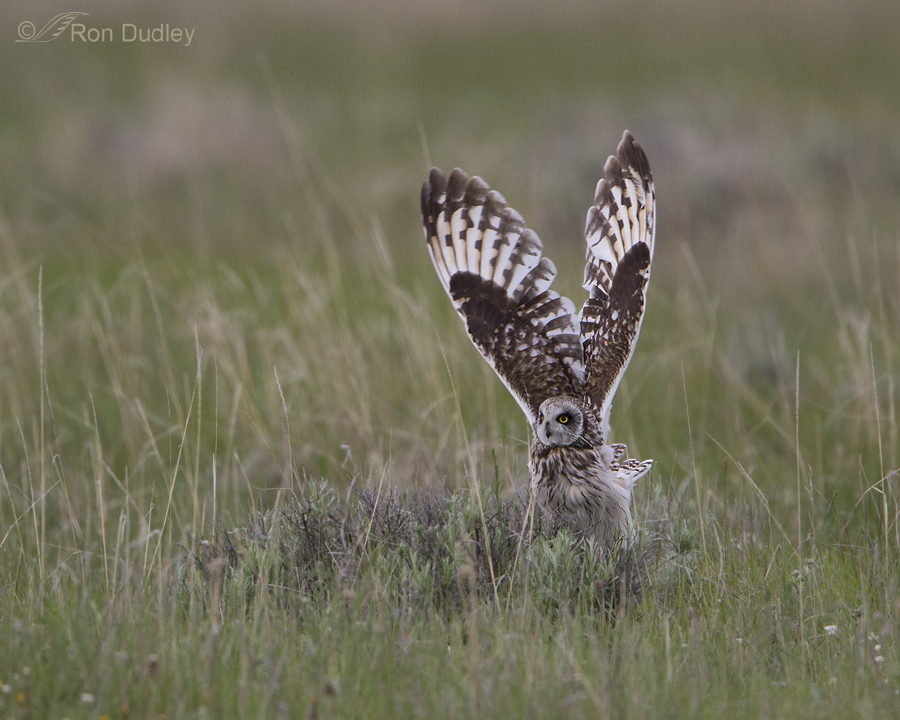
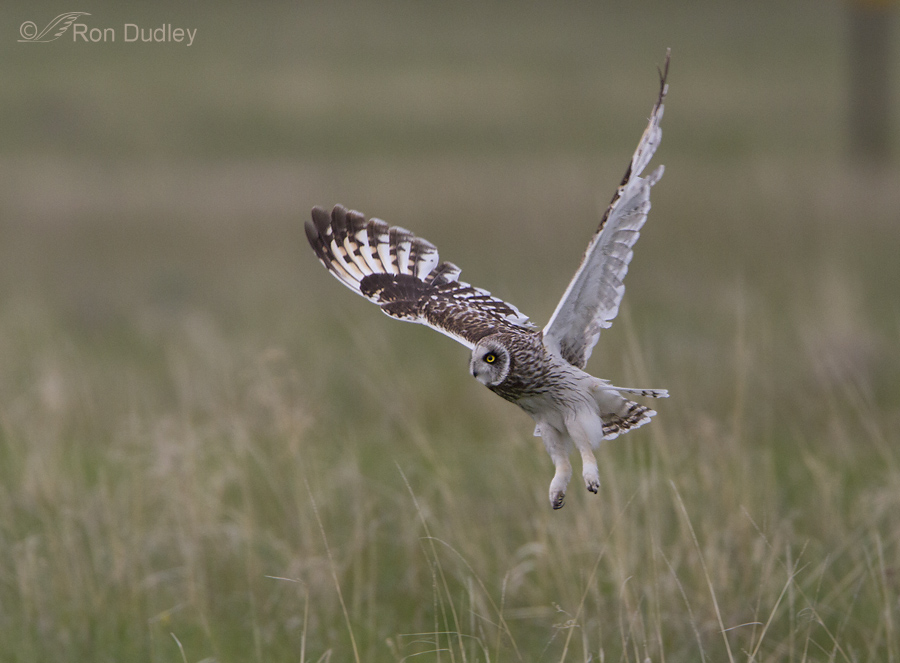
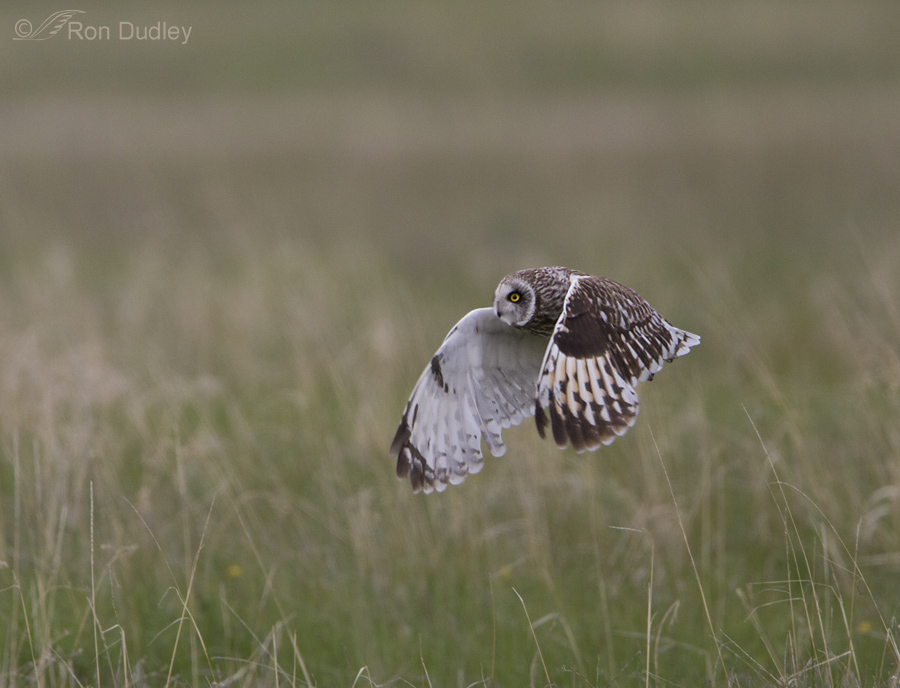
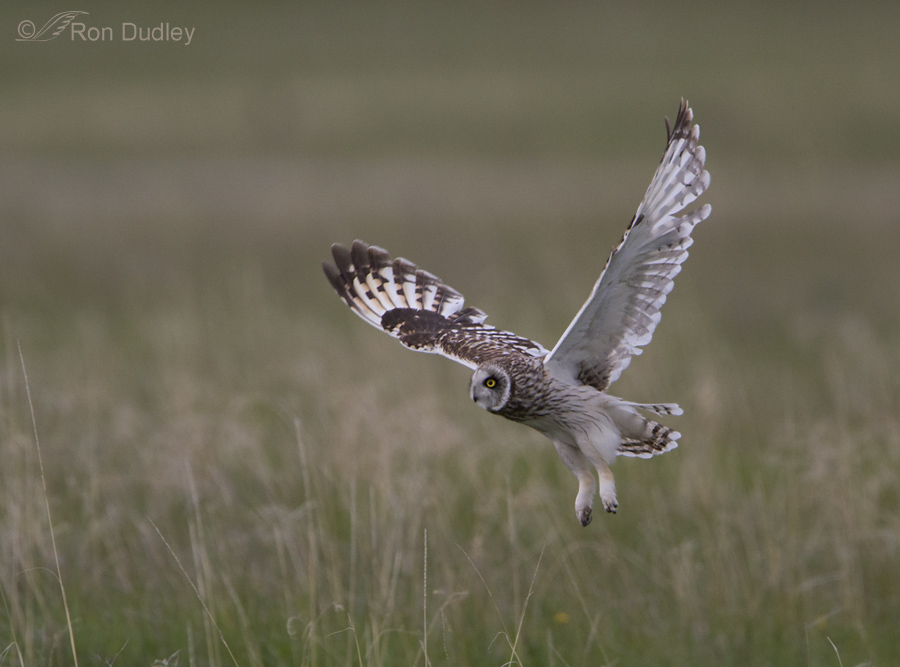
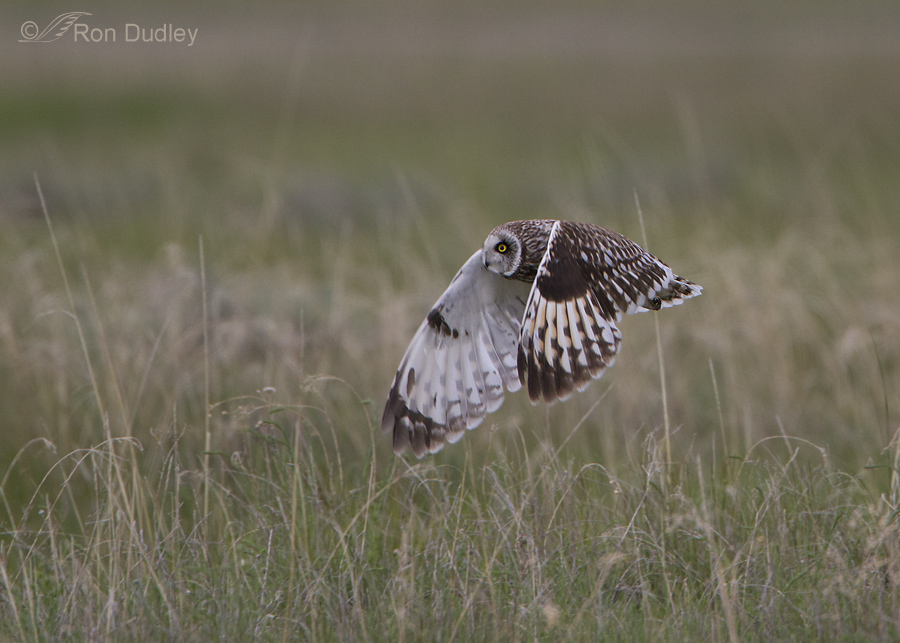
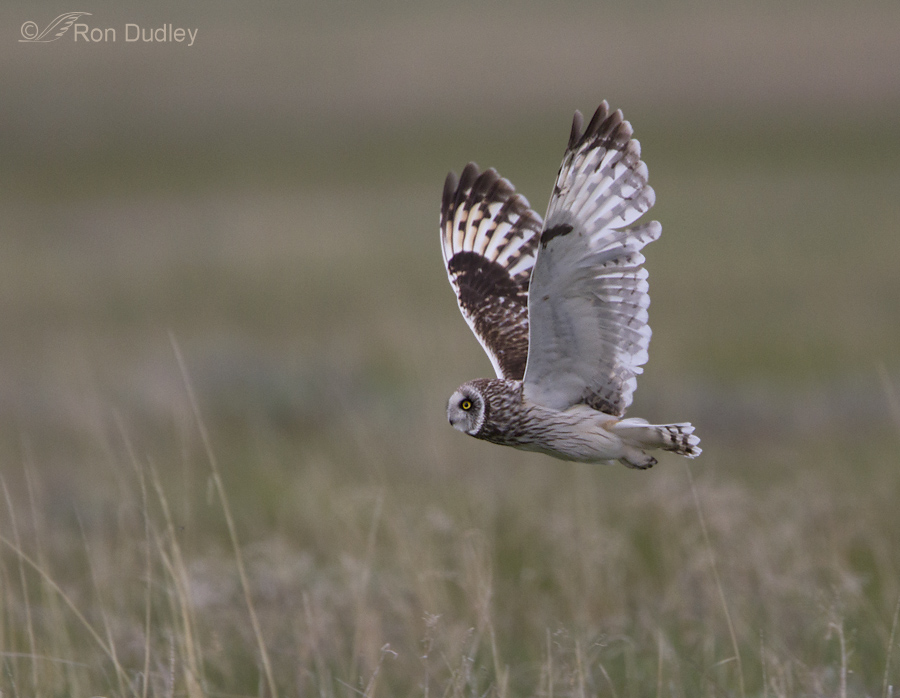
A really beautiful series of shots of a really beautiful bird!
Beautiful owl shots. Thanks Ron. I live on the east coast and we recently had or have an influx of Snowy owls. Bad thing is, they seem to be drawn to airports. One was found at an airport near me and they put a transmitter on him and moved him to a safer area 40 miles away. Unfortunately he returned two days later and before they could capture him again he was hit by a plane. It was sad. Most of them are juries and not used to this area. I hope the rest of them make it back home safe and sound.
Sad story, Debbie. I hope the rest make it back safely too.
The snowy owl story was big news in my part of PA. That’s where they brought the owl from the Philly airport. Sadly that owl flew right back to the airport and got hit and killed. For some reason lots of snowy owls have come to Lancaster County this winter. Also lots of bald eagles. Part of the Susquehanna River near here is not completely frozen. So now bald eagles, one man counted over 60, have converged on the river to dive for fish. Would love to see either species. But it keeps snowing and now we’re getting an ice storm. So home bound I remain!!
What a great sequence!! I love the owls. The feet do look like rabbit feet dangling in the air. Always a great adventure looking at your amazing shots.
Thank you, Ellen.
Super sequence, Ron! Even by the high standards you spoil us with. My favorite is the first image: the wonderful uplift of the wings to take flight, the beginning spread of the tail, and the unaccountably (to me) ruffled feathers of the breast. These give special texture and movement, raising my visual interest above photos of a smoothly predictable round outline. Was there wind? Did the sagebrush perch leave impressions in the feathers? Was it a remnant of recent hunting activity? It doesn’t matter (except of course I’d love to know!) but the ruffled texture raises questions that pleasantly pique my curiosity.
Another bit of curiosity… are you at all tempted to remove the strand of grass that intrudes on the facial disc to our right in that image? Just the part that passes in front of the head and face? The grassy habitat is grand, but I think it could spare that one single blade… For art’s sake, you know. Just me.
Thanks, Maya.
No, cloning out that piece of grass didn’t tempt me in the least. I’d rather have it there than to clone. However, I did remove it from the sharpening mask to prevent it from becoming any more obvious than it is.
I’ve been popping on to your blog to look at your photos off and on for several months now and it never fails to amaze me. This series with the owl is just beautiful. Your work reminds me to pay more attention and be ready to experience awe. It also makes me want to be a better photographer, but that’s another story!
I’m glad you’re enjoying my blog, Kathleen. Thank you.
Beautiful, crisp images…beautiful detail, beautiful birds. Got a kick out of your description “little rabbit feet” because that’s exactly what I thought when I saw the second image…they look so soft and furry, just like rabbits’ feet. Interesting how he keeps an eye on his little family and how low he flies. Are cattle a threat to these owls? I still have flying dreams, used to pretend I was flying when I skied, and liked to hold my “wings” out against the wind, close my eyes and pretend I was flying from high buttes…looking down at the tree tops and the ground below etc. No high buttes around here, so flying is limited to memories.
Patty, My very unscientific observation is yes – cattle negatively impact these owls. I photographed them for several years in the Centennial Valley but then the refuge ran cattle on the owl’s breeding area (yearlings – the juvenile delinquents of the bovines). I’ve seen virtually no SEO’s in that area since it was done.
Ooooooohhhhhh……nice images Ron. I like these.
Hard to pick which one to put on the cover of your first book.
But if I had to choose….I’d take number #3. 🙂
Tim
Tim, I never did do that first book. Maybe I should start on the second…
Simply AWESOME! Thanks Ron and have a great weekend!!
Thank you, Bill. You too!
breathtaking … what fun!!!! I had a dream the other night that I was flying, with the flying sensation and all!! Haven’t had one of those in years and years. I credit your images and Mia’s for the experience!!! Thank you!!!!
Lois, I used to have those “flying” dreams regularly, especially when I was a young teenager. I hope you enjoyed your flight. I wonder if Freud was right about what they mean…
Nice shots! I love the little “rabbit feet.”
Patricia, every time I see those feet hanging down I think of rabbit’s feet. Guess I’m conditioned now…
Great photography Ron. The SEOW is my favorite and your photos of them are the mental imprint I carry of them. Someday I hope to be lucky enough to observe them.
In your experience what have you observed about interactions between Barn Owls and Short-eared owls? Do you see them sharing the same habitat and do they compete for prey? In the SLC area I have only seen a few short-eared owls, always just at dusk, and this was true on cold winter days when I saw many Barn Owls. The Barn Owls were hunting the levee roads whereas the Short-eared owls were hunting the farm pastures.
What are your thoughts on the co-habitation of these two beautiful owl species? Thanks
Ed, I’ve seen very few interactions between the two owl species even though I’ve occasionally seen them hunting simultaneously in the same general area. In my experience they mostly avoid each other when hunting. I’ve seen disputes between harriers and SEO’s but don’t recall having witnessed much of the same between harriers and Barn Owls. And yes, the two owl species compete for prey, mostly voles around here.
Thanks for the education Ron. That makes sense about Harriers (aka “Marsh Hawk”) and the Short-eared Owls (aka “Marsh Owl”). Looking forward to seeing more of your excellent photos of them.